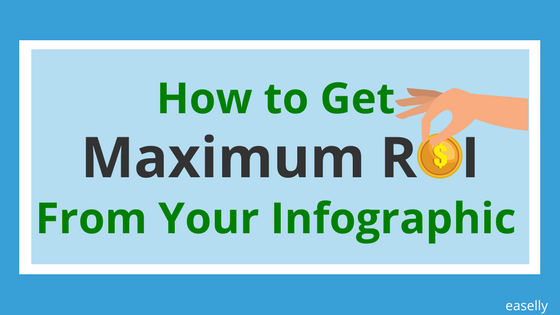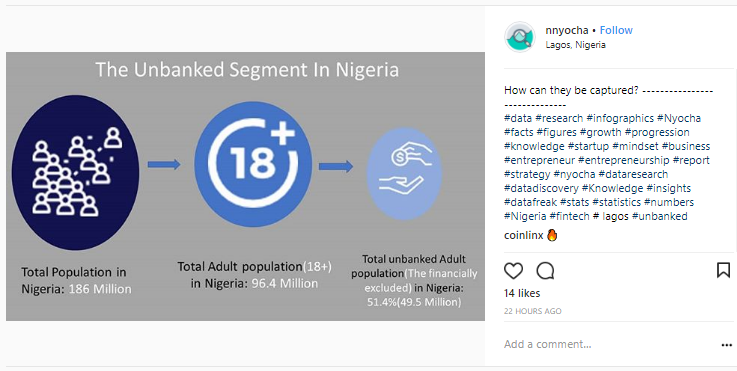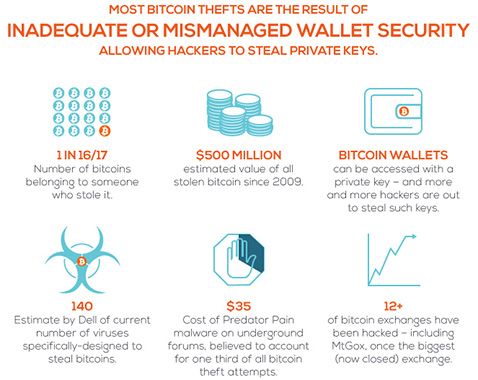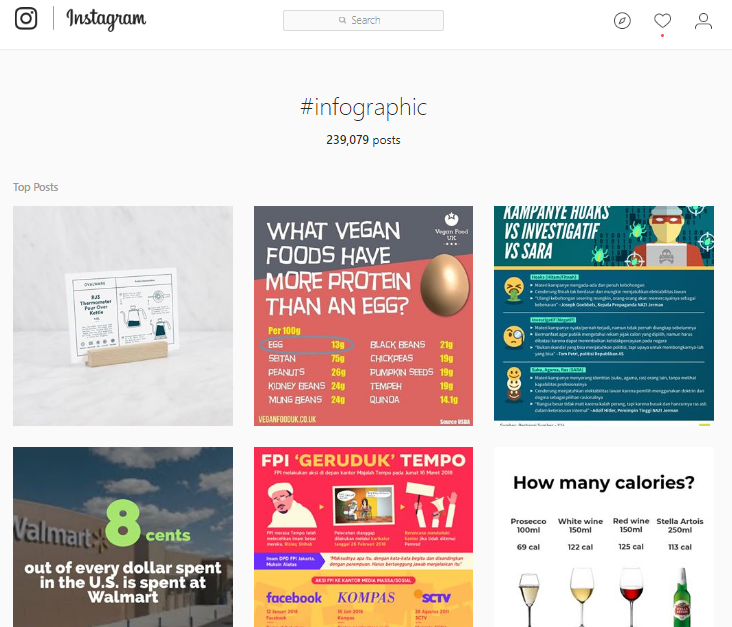Infographics first started gaining traction as a marketing asset nearly ten years back. Since then, we have seen them evolve from an interesting novelty into a very vital component of any marketing plan.
Traditionally, infographics have been used for viral marketing. They are eye-catching and tend to get shared widely. This not only helps spread the word about your brand, but can also help with SEO (since users sharing infographics tend to cite your company website as the source). But there is more to infographics than just SEO and branding. They’re actually powerful marketing tools that can help you attract new audiences that will grow your business.
How to use infographics for marketing
Curious about how to use infographics to boost your marketing? Here are a few tips on maximizing your marketing ROI from infographics:
Infographics don’t have to be lengthy
An infographic, by definition, is the use of images + graphics to tell a story. It is not uncommon for marketers to create infographics that are several thousand pixels long. But successful infographics do not always have to be lengthy. If you have insightful blog posts or research articles on your website, you may look at creating infographics to summarize the points made.
Millennial readers have very short attention spans and the use of infographics in your blog posts help with better engagement and retention. When you provide bite-sized content, it tends to get shared more than text-only content. It also takes fewer resources to create small infographics. However, the ROI from using such assets on a blog post can be extremely high.
Seeding your infographics
When it comes to marketing, the adage, “Build it and they will come” is never true. For maximum ROI from infographics, it is important to seed your content across multiple channels and platforms. You may, for instance, publish a blog post focusing solely on your infographic as well as share it on Facebook, Instagram and Twitter. To do get the full “growth” from your infographics, you should do this with each one you create (not just one!).
It is important to tweak your infographics for each platform if you want maximum returns.
- Blogging: On blogs, it is a good idea to test different titles to test reader engagement.
- Social media: Hashtags are absolutely vital for platforms like Twitter, Instagram and Facebook. Some marketers recommend the use of as many as 25 to 30 hashtags to maximize reach. Hashtags are used for discovery and can help your posts reach as many targeted users as possible.
- Email marketing: If you have a mailing list, you may also use your infographics within your messages to trigger interest and increase click-throughs.
Create topical infographics
While it is true that infographics can convey information more effectively than text, marketers also need to acknowledge the sheer saturation in the amount of content produced each day. There are dozens of infographics on every conceivable idea today and this can make marketing tricky.
One way to stand out from the clutter is by moving away from “evergreen” content to topical alternatives. You may pick news topics that are currently trending and create infographic that can tie these topics to your industry. For instance, cryptocurrencies were all the rage a couple of months ago when the price of Bitcoin shot up to nearly $20,000 and then took a nosedive a couple of weeks later.
If you were a financial services company, you could create an infographic comparing the volatility of Bitcoins with your own investment devices. A software company, on the other hand, could create an infographic summarizing the security issues with cryptocurrencies. The idea is to maximize your infographics ROI by investing in trending content that readers love to share.
Source: Pinterest
Target influencers
Infographics have very high user engagement potential. To maximize your infographics ROI, it is important to get it seen by people who have large audiences. This includes bloggers and social media users who are extremely active and have a larger following.
Finding the right influencer can be tricky – and the strategy can vary from one platform to another. To find influential bloggers, perform a Google search for blogs that have published infographics in your industry. For instance, a business that sells cell phone accessories could look up blogs that have infographics about smartphones. Once you have a list of blogs, sort them by their traffic metrics (using sites like Alexa).
The strategy can be a little easier on social media platforms. You may search for hashtags like #infographic or those that represent your industry. Build a list of users who enjoy a high number of likes, comments or shares. These are the influencers you should be targeting.
Once you have a list of influencers on each platform, create an outreach plan to get them to share your infographics. This may either be an organic outreach or this could also be a paid campaign. Either way, getting shared by dozens of influencers could help your content spread virally and help your marketing campaign gain traction.
Create a strategy before you create
Creating infographics can be absolutely easy with tools like Easelly. However, researching content and putting together an infographic plan can consume a lot of resources. It is absolutely important to establish a marketing strategy that will not only maximize your infographics ROI, but also makes sure that such visual content you create complement your other marketing strategies.
Author Bio: Benjamin S Powell is the founder of AdSoup, a social CRM tool that brings together customer conversations over Line, Facebook Messenger, email, live chat and Twitter direct messages under one application




